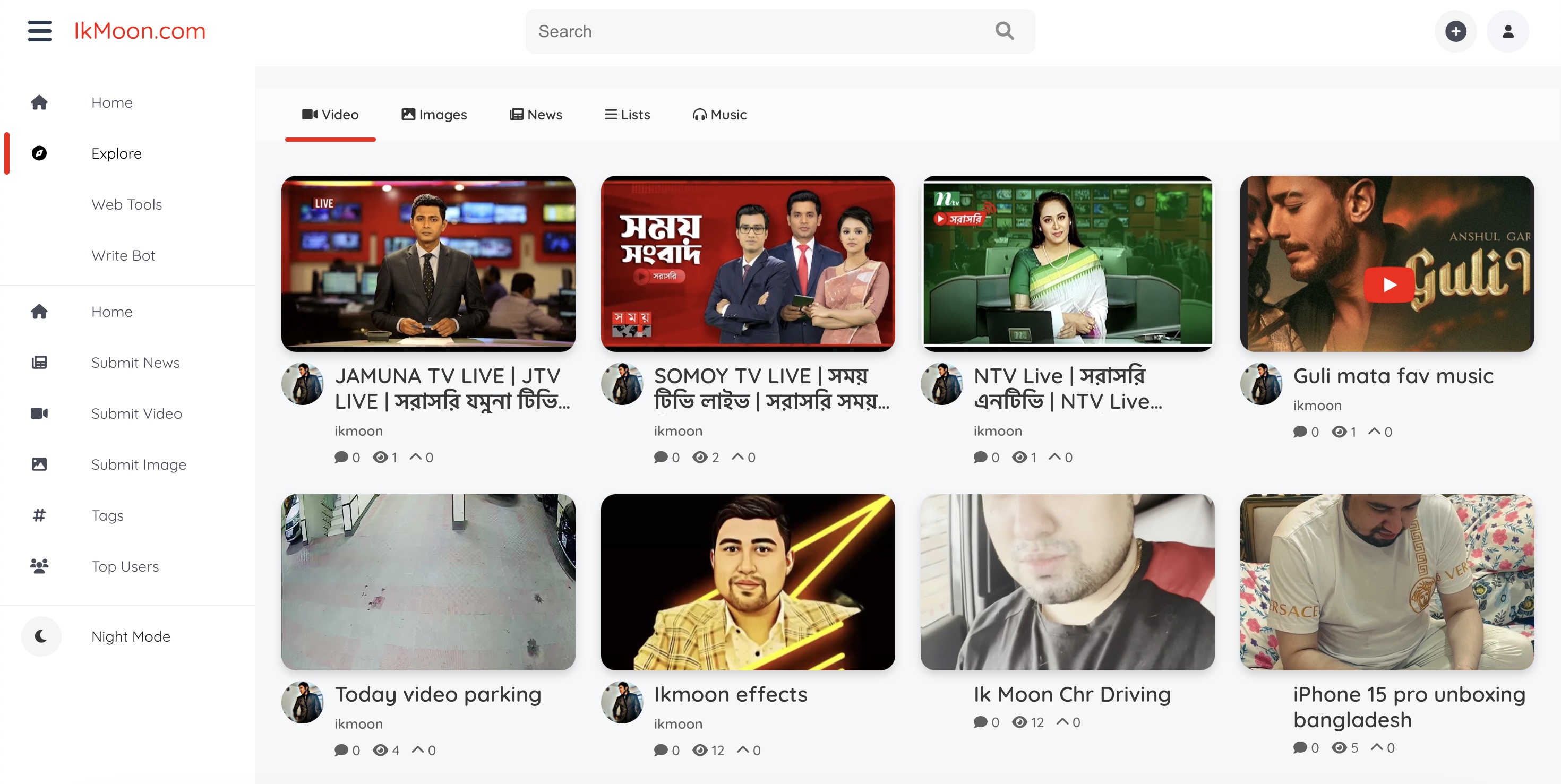Ethereum Foundation Puts interop Front and Center of UX Push
The post Ethereum Foundation Puts interop Front and Center of UX Push appeared on BitcoinEthereumNews.com. Ethereum Foundation researchers have highlighted that interoperability is the top near-term priority for Ethereum development. The researchers wrote in a Friday blog post that “we see interoperability, and related projects presented in this note, as the highest leverage opportunity” within the user experience domain in the next six to 12 months. The near-term strategy focuses on intent-based architecture and general message-passing. In other words, the focus is on allowing users to express outcomes (or “intents”) while the network handles the low-level transactions, and upgrading the crosschain “pipes” (message-passing infrastructure) so that those intents execute smoothly across layer-1 and rollups. The Ethereum Foundation states that it will optimize for specific metrics, including time-to-inclusion, confirmation/finality, layer-2 settlement, and signatures per operation. The researchers wrote that interoperability is a focus because the Ethereum ecosystem is divided into many layer-2 protocols that extend its functionality and scalability, while bringing “their own challenges, chief among them the pressures of fragmentation.” The post cites a significant pain point: “At its simplified core, the key ingredients to accelerate interop boil down to unlocking fast crosschain message-passing and standardisation. Currently, message-passing is partially bottlenecked by slow settlement times. Related: You call that decentralized? Layer 2s are destroying crypto The three streams of development Ethereum Foundation developers decided to divide interoperability work into three streams: initialization, acceleration and finalization. The first one is focused on intent-based architecture and includes three projects: open intents framework, Ethereum interoperability layer and interoperability standards. The open intents framework is a modular, lightweight intent-based stack facilitating the use of intents in Ethereum development. Production smart contracts are already live, audits are expected to be finalized in Q3 of this year, and crosschain validation is anticipated to occur in the final quarter. The Ethereum interoperability layer is a trustless cross-L2 “transport” for prescriptive execution across…

The post Ethereum Foundation Puts interop Front and Center of UX Push appeared on BitcoinEthereumNews.com.
Ethereum Foundation researchers have highlighted that interoperability is the top near-term priority for Ethereum development. The researchers wrote in a Friday blog post that “we see interoperability, and related projects presented in this note, as the highest leverage opportunity” within the user experience domain in the next six to 12 months. The near-term strategy focuses on intent-based architecture and general message-passing. In other words, the focus is on allowing users to express outcomes (or “intents”) while the network handles the low-level transactions, and upgrading the crosschain “pipes” (message-passing infrastructure) so that those intents execute smoothly across layer-1 and rollups. The Ethereum Foundation states that it will optimize for specific metrics, including time-to-inclusion, confirmation/finality, layer-2 settlement, and signatures per operation. The researchers wrote that interoperability is a focus because the Ethereum ecosystem is divided into many layer-2 protocols that extend its functionality and scalability, while bringing “their own challenges, chief among them the pressures of fragmentation.” The post cites a significant pain point: “At its simplified core, the key ingredients to accelerate interop boil down to unlocking fast crosschain message-passing and standardisation. Currently, message-passing is partially bottlenecked by slow settlement times. Related: You call that decentralized? Layer 2s are destroying crypto The three streams of development Ethereum Foundation developers decided to divide interoperability work into three streams: initialization, acceleration and finalization. The first one is focused on intent-based architecture and includes three projects: open intents framework, Ethereum interoperability layer and interoperability standards. The open intents framework is a modular, lightweight intent-based stack facilitating the use of intents in Ethereum development. Production smart contracts are already live, audits are expected to be finalized in Q3 of this year, and crosschain validation is anticipated to occur in the final quarter. The Ethereum interoperability layer is a trustless cross-L2 “transport” for prescriptive execution across…
What's Your Reaction?




































